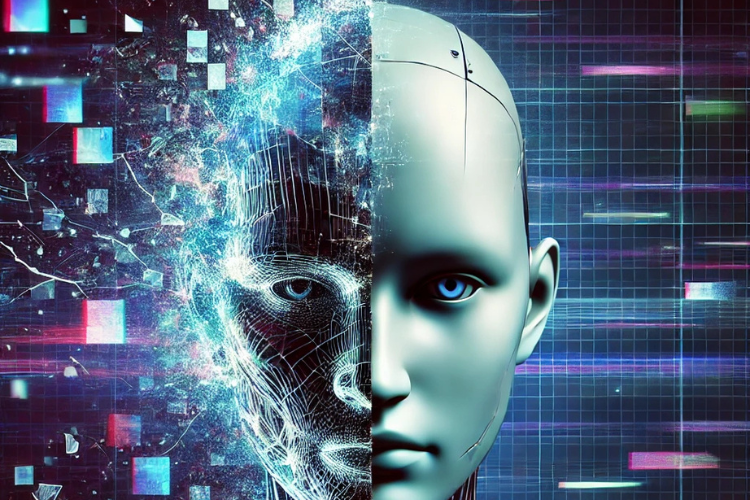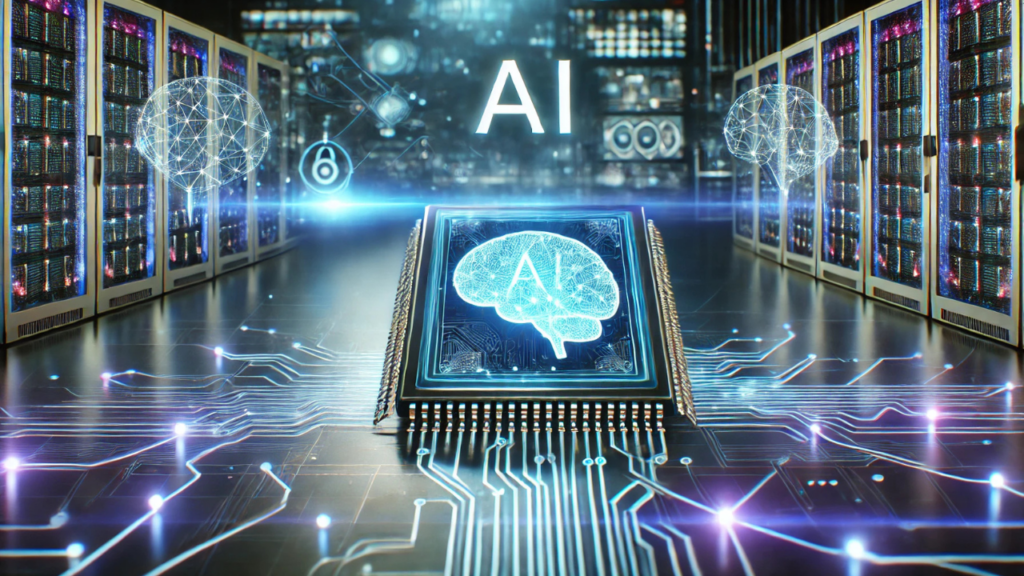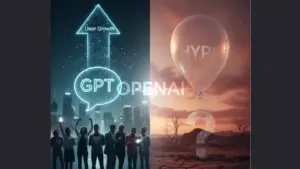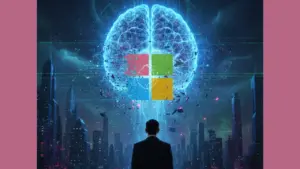Introduction
Artificial intelligence is evolving at an unprecedented pace. DeepSeek’s latest model, R1, has set a new benchmark in AI reasoning. This groundbreaking model outperforms existing language models while being cost-effective and open-source. It marks a significant shift in AI from pattern recognition to true inference. In this blog, we explore how DeepSeek R1 is changing the AI landscape, its implications for big tech, and what this means for the future of AI.
DeepSeek’s Reasoning Revolution
AI models have long relied on pattern matching rather than true understanding. DeepSeek’s R1 changes this paradigm. It introduces a new level of reasoning, surpassing OpenAI’s models in real-world tasks and benchmarks.
Unlike traditional AI models, R1 doesn’t just predict text; it understands context. This shift makes AI more reliable in complex decision-making scenarios. The novel architecture and training approach make it more scalable and efficient, opening doors to AI applications once considered impossible.
The Open Source Advantage
DeepSeek has taken a bold step by making R1 fully open source. Unlike OpenAI, which has locked its models behind paywalls, DeepSeek is democratizing AI.
This move empowers developers and researchers worldwide. Open access fosters innovation, allowing the global community to build, modify, and improve upon the model. It also raises questions about OpenAI’s closed approach. Can OpenAI sustain its business model when top-tier AI models are freely available?
The Cost Efficiency Edge
One of the most shocking aspects of DeepSeek R1 is its cost efficiency. Training the model cost less than $6 million, a fraction of the $100 million+ spent by OpenAI and other AI giants.
DeepSeek achieved this through optimized training techniques and smarter resource allocation. This efficiency levels the playing field, enabling smaller companies and startups to compete with AI giants. It also challenges the “bigger is better” approach pursued by major tech firms. Could AI innovation now come from unexpected sources?
The OpenAI Fallout
DeepSeek’s breakthrough puts OpenAI in a precarious position. OpenAI’s business model relies on commercializing AI as a service. But with R1 being open-source and more efficient, OpenAI’s future looks uncertain.
Without constant funding, OpenAI may struggle to maintain its competitive edge. Analysts warn that without a major pivot, OpenAI could face financial collapse within a year. This raises concerns about whether OpenAI expanded too quickly without a sustainable plan.
Big Tech’s Scramble to Respond
The tech industry is in shock. DeepSeek’s success has sent major players into crisis mode.
Reports indicate that Meta (formerly Facebook) has created emergency teams to analyze how DeepSeek achieved such efficiency at a low cost. Other companies are expected to follow, rushing to adapt to this unexpected disruption. We could see major acquisitions, increased AI investments, and drastic strategic shifts in response to DeepSeek’s rise.
Nvidia’s Nightmare
DeepSeek’s efficiency doesn’t just threaten OpenAI. It also spells trouble for Nvidia.
Nvidia has dominated the AI hardware market, selling high-end GPUs essential for AI training. But DeepSeek’s approach is far less resource-intensive. If more AI developers follow DeepSeek’s lead, demand for Nvidia’s costly GPUs could drop.
The impact is already visible. Nvidia’s stock fell over 40% in a single day, wiping out $600 billion in market value. This exposes how much of Nvidia’s valuation was based on AI hype rather than actual market fundamentals.
The AI Confidence Crisis
Despite AI’s rapid progress, developer trust remains low. A recent Stack Overflow survey revealed that only 3% of developers highly trust AI-generated code.

Many developers see AI as useful for automating repetitive tasks but unreliable for critical applications. AI’s limitations become more apparent as expertise increases. The more developers understand AI, the less they trust it blindly. This skepticism could slow AI adoption in high-risk industries.
The “AI Engineer” Illusion
Some believe AI will replace human software engineers. DeepSeek’s breakthrough proves otherwise.
A recent test of an AI-driven coding tool resulted in only 15% accuracy on basic programming tasks. This highlights the gap between AI hype and reality. AI can assist in coding but cannot replace human creativity, problem-solving, and domain expertise.
Software engineering is more than just writing code. It involves system design, architecture, and critical thinking. AI lacks these skills, reinforcing the importance of human developers in the tech industry.
Conclusion
DeepSeek R1 is a game-changer. It redefines what AI can achieve while exposing flaws in the “bigger is better” approach. With its open-source model and cost-efficient training, DeepSeek is democratizing AI and challenging industry giants.
Companies like OpenAI and Nvidia must now adapt or risk losing relevance. Meanwhile, developers and researchers gain access to cutting-edge AI, fostering innovation worldwide. The future of AI may no longer be controlled by a few major players. Instead, open collaboration and efficiency-driven approaches could lead the way.
For those following AI trends, this moment is pivotal. DeepSeek’s rise signals a shift in the industry, proving that true innovation often comes from unexpected places. As the AI landscape evolves, staying informed with platforms like StartupHakk is essential to navigating these changes.




